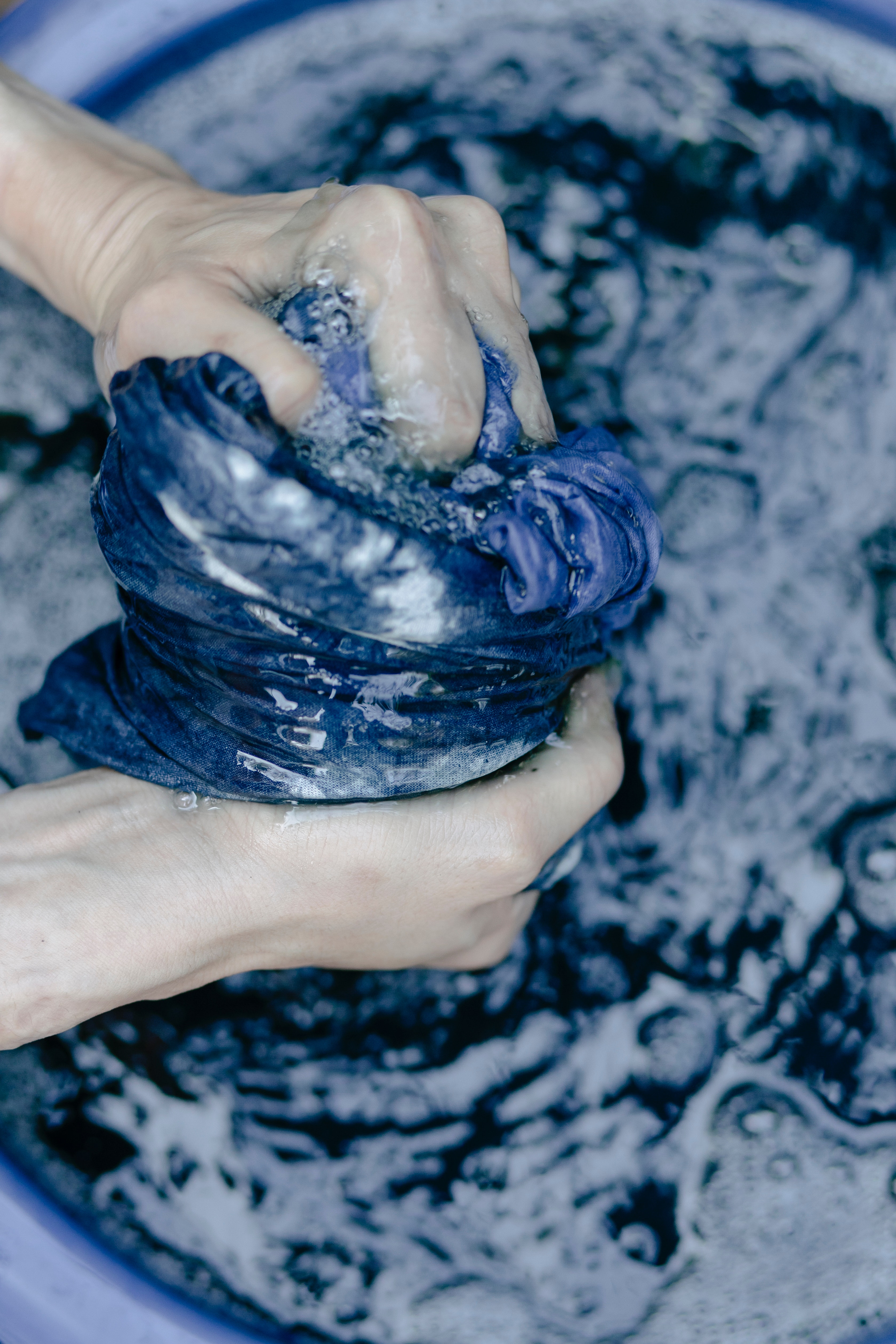We use cookies to improve your experience on our website and to personalise the content shown to you. By clicking 'Accept' you are accepting our cookie policy. You can personalise your options within your browser settings.

Dyeing fabrics is an art form that has been practised for centuries, and it can be a fun and rewarding activity. Whether you are looking to create a beautiful quilt or just want to add some colour to your wardrobe, dyeing fabrics is the perfect way to express your creativity.
But before you start dyeing fabric, there are a few things that you should know about the process.
Here at I Want Fabric, we are one of the UK's leading providers of fabrics which are suitable for dyeing, in addition to pre-dyed and coloured fabrics which can help you create the perfect look and feel, without having to go through the rigmarole of dyeing fabric yourself. Whether you’re looking for water proof fabric, or other kinds of upholstery fabric, don’t hesitate to get in touch today.
In this beginner's guide, we'll discuss which fabrics are suitable for dyeing, what kinds of dyes you can use and even why pre-dyed synthetic fabrics might be a better choice than dying organic fabrics. With this knowledge in hand, you will be able to confidently explore the world of fabric dyeing!
The first thing you will need to start dyeing fabrics is the fabric itself. All-natural fabrics like cotton, linen, silk, and wool are all suitable for use with natural dyes. Synthetic fabrics made from polyester or nylon can also be dyed, but they require special dyes that won't damage the fabric.
Next, you need to select the right dye for the fabric. Natural dyes, such as those made from vegetable or animal matter, are best used on natural fabrics; while synthetic dyes are suitable for both natural and synthetic fabrics. Be sure to check the instructions on your chosen dye before starting, as some may require special preparation or pre-washing of the fabric.
Finally, you will need a few basic supplies to get started, such as containers for mixing the dye and gloves to protect your hands from any accidental spills or splashes. You may also want to purchase an acid fixer if you are using natural dyes, which helps set the colour in the fabric and make it more colorfast
Natural fabrics such as cotton, linen, silk, and wool are all suitable for dyeing. Synthetic fabrics such as polyester and nylon can be dyed as well but may require special dyes to prevent damage to the fabric.
When selecting your fabric for dyeing, it is important to consider the weight and overall size of the fabric so that you get an even coverage with the dye. Also, check to see if the fabric has been pre-treated or dyed by a third party as this can affect the colour of your dye.
When it comes to fabric dyeing, you have a few different options. Natural dyes such as those made from vegetable or animal matter are best used on natural fabrics and require an acid fixer to help set the colour in the fabric; while synthetic dyes are suitable for both natural and synthetic fabrics.
Remember, you should always match the dye to the fabric, and not the other way around. You can find dyes of almost any colour to match almost any fabric. However, by choosing the fabric first, you can make sure you're left with the right durability, flexibility and texture for your project.
Whether you're looking to make your own curtains, upholster a piece of furniture or even if you're looking for industrial fabrics to create products on a wide scale, choosing the fabric first and the dye second is the best way to end up with the right product.
There are many reasons why people choose to opt for pre-dyed fabrics - even professional dyers! Firstly, it's often much quicker and easier to get the fabric in the right colour than it is to dye it yourself.
Pre-dyed fabrics are also generally more reliable when it comes to colour fastness as they have been treated with a fixative which helps them keep their vibrant colours for longer.
Finally, pre-dyed synthetic fabrics are often much cheaper than natural fabrics that then need to be dyed - so if you're on a budget, or even if you just want to keep costs as low as possible, they can be the perfect option.
Of course, while synthetic fabrics are right for most people, there are some benefits to dyeing your own fabrics.
As you can see, there are some real benefits to dyeing fabrics yourself! The important thing to decide is whether the benefits outweigh the downsides for your particular project.
Here at I Want Fabric, we've been offering professional, fabric advice for 12 years. Over that time, some of the most important tips and tricks for dyeing fabrics that we've given out include:
By following these simple tips and tricks, you should be able to get great results when it comes to dyeing fabrics. Whether you opt for pre-dyed or self-dyed fabric, we can help ensure that you end up with the perfect product for your project, by choosing the right fabric from the start.
Here at I Want Fabric, we can provide you with the perfect fabric for your dyeing project, whatever it may be. Whether you are looking for pre-dyed synthetic fabrics or fabrics that are suitable to be dyed yourself, we have a broad range of options available in various colours and designs.
Browse our selection today to find the right fabric for your dyeing project. If you need any help or advice, don't hesitate to contact us and we'll be happy to assist.